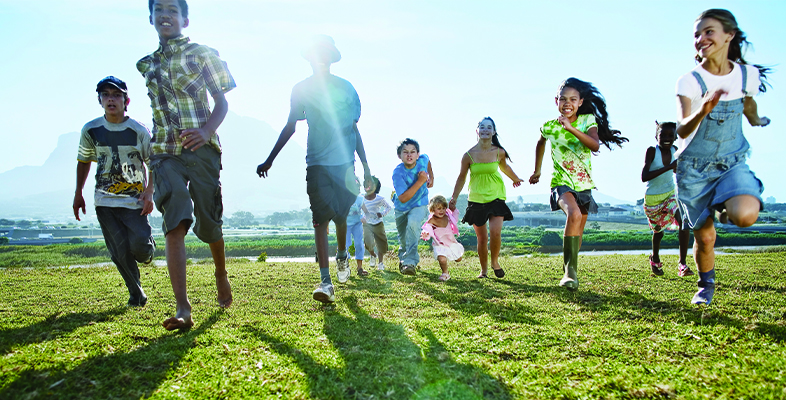3 Supporting a child with SEND
In the previous topic you looked at relationships, with a specific focus on bullying. The primary role of a teaching assistant is to support children to access the curriculum, inside or outside the classroom. In order to do this effectively, a teaching assistant will engage holistically with a child. In order to support a child’s learning and development, it is important to support their social and emotional development. In addition, it is essential to help the child to develop their social skills and competencies, and communicate effectively using appropriate language.
It can be very easy to support a child in the ‘wrong’ way – a less than helpful way – without realising it. It is important, therefore, to know when to give support and when to stand back.
The following activity focuses on common ways of responding to children with SEND, and strategies that are often put in place to support a child with SEND.
Activity 7
Consider the potential positive or negative outcomes for the child of adopting a particular support strategy, or expectation. Then complete Table 2, either filling it in below, or in the partially-completed Word document.
Click here for the Word document [Tip: hold Ctrl and click a link to open it in a new tab. (Hide tip)]
| Strategies and/or expectations on behaviours | Positive outcomes | Negative outcomes |
|---|---|---|
| Compliance – expecting children to be passive and do what the adult tells them to do | No need to negotiate with others in order to complete a task; learn expected norms of behaviour | Do not develop interpersonal skills relating to negotiation; no engagement with others’ viewpoints |
| Overprotection | Shyness and a lack of social competence can be made worse if not exposed to social situations | |
| Withdrawal from the classroom for additional support sessions | ||
| One-to-one support within the classroom | No need to actively seek help, which can alert peers to a child’s inabilities | |
| Differing expectations on behaviour for child with SEND and other children in the class | ||
| Any other strategy/expectation used in your setting |
Comment
Table 3 suggests some positive and negative outcomes for each strategy or expectation on behaviour. These are not the only possible outcomes though.
| Strategies and/or expectations on behaviours | Positive outcomes | Negative outcomes |
|---|---|---|
| Compliance – expecting children to be passive and do what the adult tells them to do | No need to negotiate with others in order to complete a task; learn expected norms of behaviour | Do not develop interpersonal skills relating to negotiation; no engagement with others’ viewpoints |
| Overprotection | Not exposed to situations they are unable to cope with or do not yet have the skills for | Shyness and a lack of social competence can be made worse if not exposed to social situations |
| Withdrawal from the classroom for additional support sessions | Gives the opportunity for the child to build their confidence | Do not develop interpersonal skills or engage with others’ viewpoints |
| One-to-one support within the classroom | No need to actively seek help, which can alert peers to a child’s inabilities | Potential to develop an over-reliance on support |
| Differing expectations on behaviour for child with SEND and other children in the class | Child is not put into a situation they are unable to cope with, such as sitting still for the same length of time as others for a story | Other children can become resentful |
| Any other strategy/expectation used in your setting |
Social support from friendships and peer relationships are very important, yet there are many factors that impact on this for disabled children and young people. These include:
- spending a lot of time with staff
- being isolated by being taught away from their peer group or having Learning Support Assistant support in class
- a lack of social opportunities (or support to access social opportunities) to promote and sustain friendships.
Other issues to think about are:
- Positive or negative outcomes can also depend on the child’s individual circumstances, their personality and so on.
- Factors, such as those identified by McLaughlin et al. (2012) can isolate disabled young people and make it more difficult for them to develop friendships and relationships with their peers (Anti-bullying Alliance, 2015b).
- Depending on the child’s disability or condition, they may find it difficult to know how to behave in social situations. One way children can be supported is to teach them how to behave.
- Social expectations or the proper way to respond when interacting with others are typically learned by example, but children with communication difficulties and/or behaviour problems sometimes need more explicit instructions.
